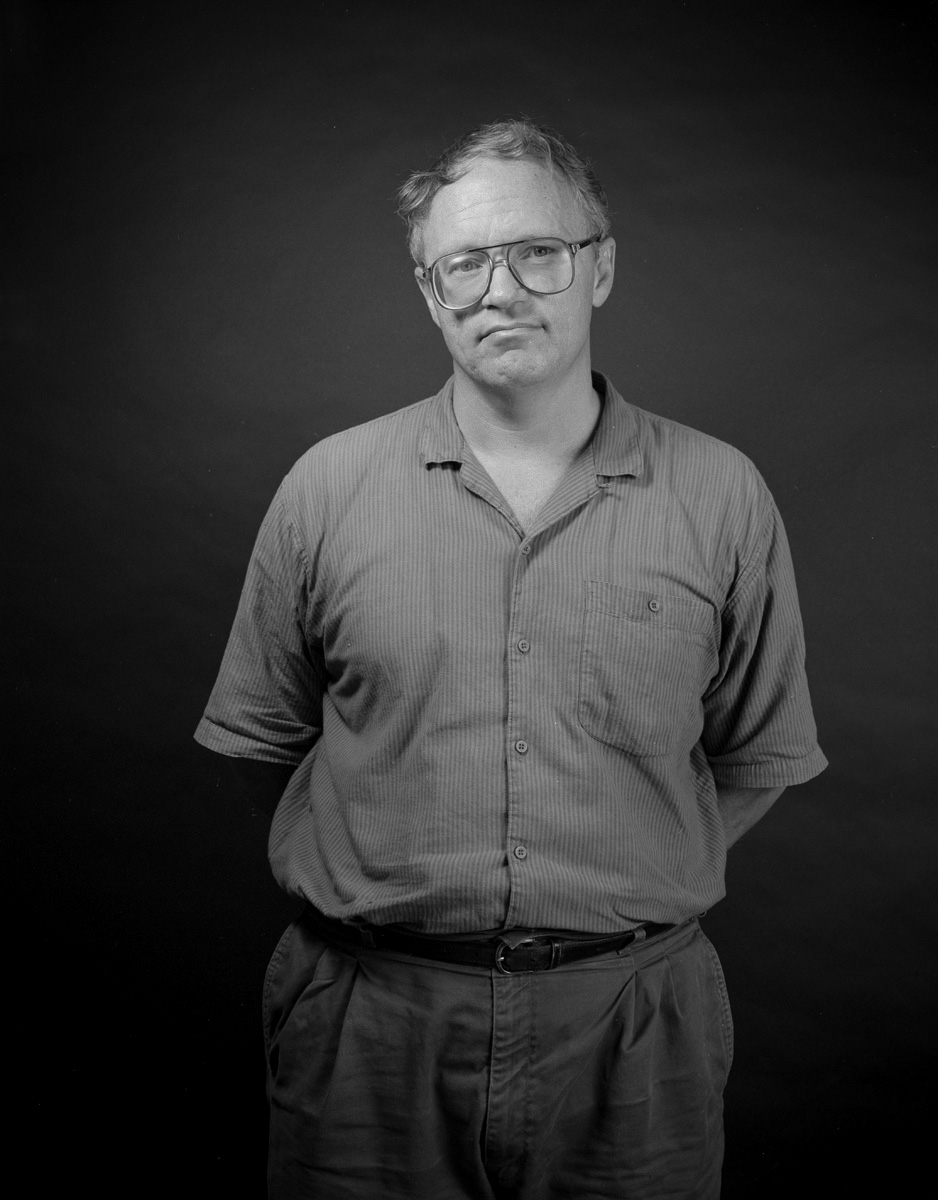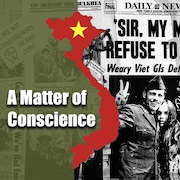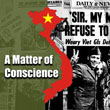
I had been stationed at Fort Carson, Colorado as a radio specialist. I became caught up in this little group that was putting out the newspaper called aboveground. I think it was one of the better undergrounds that I’ve seen in terms of lay-out and journalistic style because the Army had trained the two publishers of this newspaper, so they knew their job real well. Part of our financing came from the blood money of a person who was killed in Vietnam, the GI insurance that is. His widow donated several thousand dollars to operating this newspaper. We later found out that was a point that especially angered Military Intelligence.
Our group was infiltrated by an agent provocateur who attempted to convince us that it would be a good idea to set fire to a World War II era barracks building at Fort Carson — a building that was still occupied. So there was this attempt made to convince us to put the lives of our fellow soldiers in jeopardy. Now of course, most of us reacted to that as something irresponsible and when we refused to take that action, this person then identified us to Military Intelligence. So we were called in one by one to be interviewed by MI, and during our interrogations we were asked such things as, “are there communists in the group?”
After the interrogation session orders came down for Vietnam, which was fairly common. Anybody who got into ideological trouble would be hurried off to Vietnam. I left all the naive notions of World War II grandeur and the political values that I had grown up with somewhere at Fort Carson. Whatever was left of that certainly was gone by the time I got back from Vietnam. Truly by the grace of god and some unknown computer function, probably in the Pentagon, I was magically transformed from a radio operator into a medical records clerk in Vietnam. I wound up on the night shift at this convalescent center in charge of what was called the morbidity report; basically keeping track of all the patients, what diseases they had, the extent of their injuries, an estimation of how soon they might be put back in the field.
The only direct connection I ever had with the war was through our patients. It became very apparent to those of us who were lucky enough to be located at the convalescent center that something really devastating was going on. Many of my associates were combat experienced medics – some of the real heroes of the war. I’ll never forget the day the overseas edition of Newsweek magazine turned up with the cover of the now famous photograph of the student who had been killed at Kent State, with the young woman kneeling over his body. One of the combat medics had been involved in anti-war demonstrations at Kent State as a student, and the day that image turned up, I and a group of other people spent the entire day on a beach at Cam Ranh Bay, smoking dope and trying to comfort this combat experienced medic, who was weeping over the loss of life at Kent State.
And all that what I now refer to as the ideological contradictions, all of that just solidified right there. Here we were, ten-thousand miles away from home and if things had been right ideologically we would have been angry about what those students were doing, right? Well, the fact of the matter is, we weren’t.
Archived Material
No posts
Podcasts
No posts


